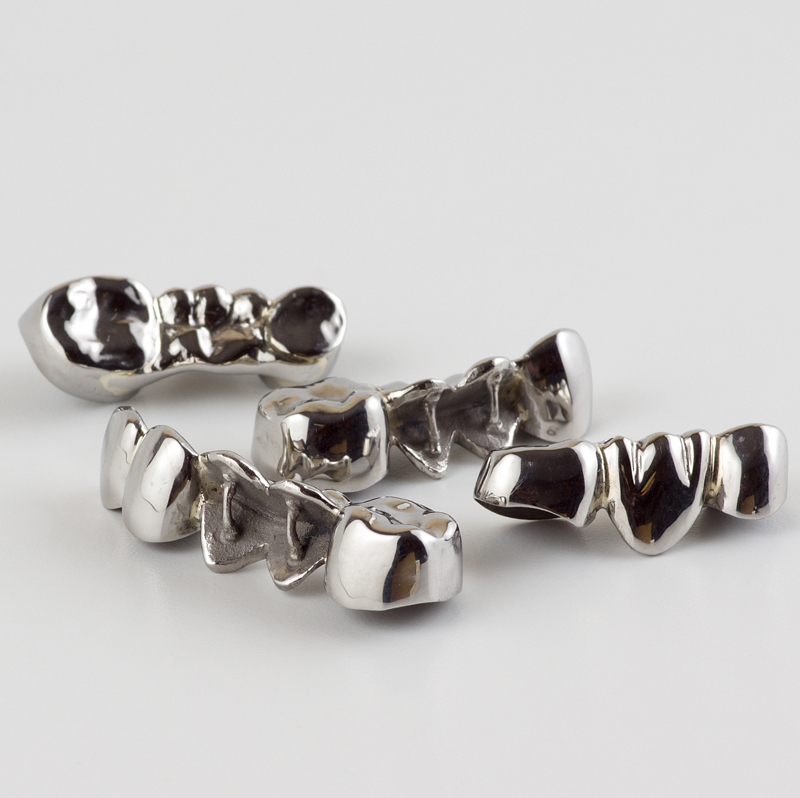The Art of Creating Flawless Full Cast Crowns
Full cast crowns are a remarkable creation of dental artistry that not only restore a patient's smile but also maintain the natural function of their teeth. These crowns are meticulously crafted using a combination of expertise, precision, and artistic talent. In this article, we delve into the intricate process of crafting full cast crowns, exploring the various steps involved and the skills required to achieve excellence.
1. Understanding the Importance of Full Cast Crowns
Full cast crowns play a vital role in restorative dentistry. They are used to rebuild extensively damaged or decayed teeth, providing strength, durability, and aesthetic appeal. These crowns are crafted from high-quality metals, such as gold or precious alloys, ensuring their longevity. With proper care, full cast crowns offer a reliable solution for patients seeking a permanent restoration.
2. The Initial Assessment and Preparation
The process of creating full cast crowns begins with a thorough assessment of the patient's oral health. The dentist examines the condition of the affected tooth and determines if a crown is the appropriate treatment. If deemed necessary, the tooth is prepared by removing any decay or damaged portions, ensuring a stable foundation for the crown.
3. Capturing Precise Impressions
To achieve a perfect fit, an accurate impression of the prepared tooth is crucial. Dental impression materials, such as polyvinyl siloxane, are used to capture the exact shape and contours of the tooth. The impression is then sent to a dental laboratory, where highly skilled technicians use it as a guide to create the crown.

4. Mastering the Art of Crown Fabrication
At the dental laboratory, the technician begins by creating a wax model of the crown. This step allows for meticulous refinement and customization of the crown's shape, size, and occlusal surfaces. Once the wax model is perfected, it is invested in a high-temperature resistant material and heated, causing the wax to melt away and create a mold.
The mold is then filled with the chosen metal alloy, which is carefully cast and cooled to form the final crown. Skilled technicians use their expertise to ensure the crown's fit, aesthetics, and functional properties meet the highest standards.
5. The Finishing Touches and Placement
After the crown is cast, it undergoes a series of finishing steps to refine its surface texture and ensure a precise fit. The technician meticulously polishes the crown, making it indistinguishable from the natural teeth surrounding it. Once complete, the crown is sent back to the dentist, who then places it on the prepared tooth using dental cement.
In Conclusion
Crafting full cast crowns is truly an art form that requires a combination of technical skill, attention to detail, and aesthetic sensibility. The process involves a collaborative effort between the dentist and dental technician to create a restoration that seamlessly integrates with the patient's natural dentition. With their exceptional strength, durability, and lifelike appearance, full cast crowns are a testament to the mastery of dental craftsmanship.




